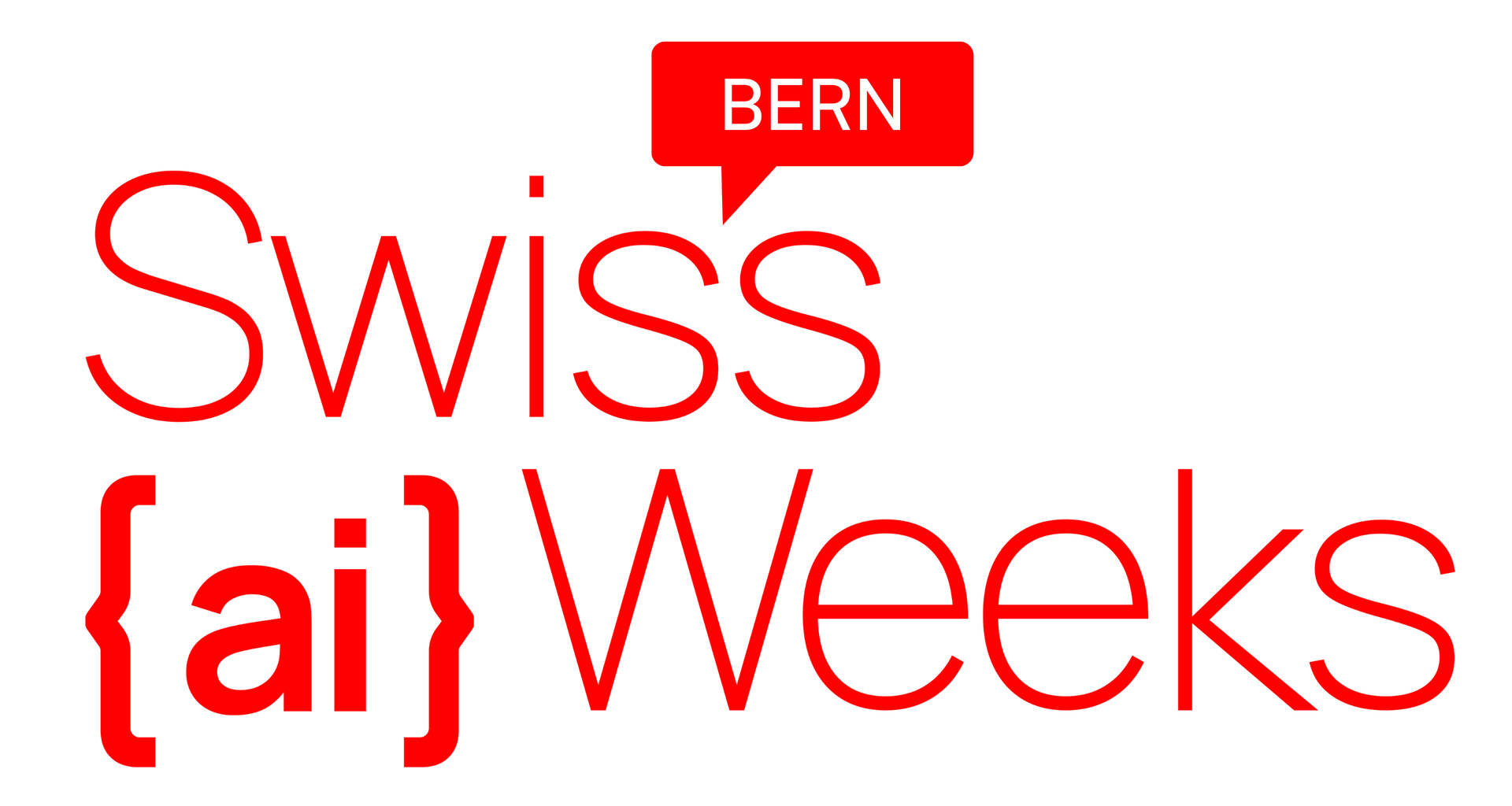Baby Llamas
Build your own "baby" Large Language Model with help from "momma" LLM
Inspired by the book Build a Large Language Model (From Scratch) by Sebastian Raschka, in this challenge we create our own LLM from prime sources - data collections, content crawls, the trashy contents of a nearby hard drive ... "Discover how LLMs work from the inside out by go from initial design and creation, to pretraining on a general corpus, and on to fine-tuning for specific tasks."
The name of the challenge is inspired by Yohei's BabyAGI project.
Image source: Tech Tribune France
🅰️ℹ️ Generated with TULU3
Embarking on the journey of creating your own small Language Model (LLM) can be an exhilarating way to deepen your understanding and skills in natural language processing. Here’s how you can structure this educational adventure:
1. Gather Primary Sources and Tools
- Start with basic resources that lay out fundamental concepts of LLMs. Look for introductory tutorials, courses, and textbooks that explain the building blocks of neural networks, attention mechanisms (e.g., Transformers), and word embeddings.
- Dive into academic papers and pre-print archives like arXiv to study seminal works on LLMs such as "Attention Is All You Need" for Transformer models or "BERT: Pre-training of Deep Bidirectional Transformers for Language Understanding".
- Utilize open-source libraries like Hugging Face's Transformers, TensorFlow, or PyTorch. These tools have pre-built blocks that simplify the process of training your model from scratch.
2. Set Up Your Development Environment
- Configure an environment conducive to machine learning tasks. This includes installing necessary libraries, accessing computational resources (GPU if possible), and organizing your workspace for efficiency.
- Start with a simplified version of a well-established model architecture. Hugging Face provides ready-to-use scripts for many models like GPT-2 or BERT that you can tweak to create smaller, custom versions suitable for your initial experiments.
- Modify hyperparameters such as the number of layers, hidden dimensions, and vocabulary size to tailor the model to your specific needs and computational resources.
3. Run Your Training Dataset
- Select a dataset relevant to your learning objectives. For beginners, the Penn Treebank or WikiText might be suitable starting points for language modeling tasks.
- Preprocess your data according to best practices in NLP, including tokenization, text cleaning, and splitting into training/validation/test sets.
- Use your configured environment and dataset to train your model. Monitor the learning process carefully, adjusting hyperparameters as needed based on validation performance.
- Employ techniques like early stopping or scheduled learning rate decay to prevent overfitting and stabilize training.
- Regularly experiment with different configurations (architectures, hyperparameters) and observe their effects on model performance and training stability.
- Document your findings meticulously, noting down what works well and what doesn't, so you can reference it for future projects or improvements.
Skills and Knowledge Required
- Fundamentals of Machine Learning: Understand the basics of supervised/unsupervised learning and how they apply to NLP tasks.
- Neural Networks and Deep Learning: Grasp the principles behind neural networks, especially those with attention mechanisms (Transformers).
- Programming: Proficiency in Python is a must. Familiarity with libraries like PyTorch or TensorFlow will be very helpful.
- Data Preprocessing: Ability to clean, preprocess, and manipulate text data for model training.
Additional Advice
Keep expanding your knowledge base by reading more papers, attending webinars or courses, and experimenting with different model architectures. Follow discussions on forums like Reddit’s r/MachineLearning, participate in Kaggle competitions related to NLP, take part in hackathons and engage with the broader AI community.
Creating your own LLM is an iterative process of learning-by-doing. By systematically working through these steps, you’ll deepen your understanding of language models, build practical skills, and contribute to the ongoing advancements in AI.
Remember, the journey is as important as the destination—enjoy the process of discovery and experimentation!
Previous
Hackathon Bern
